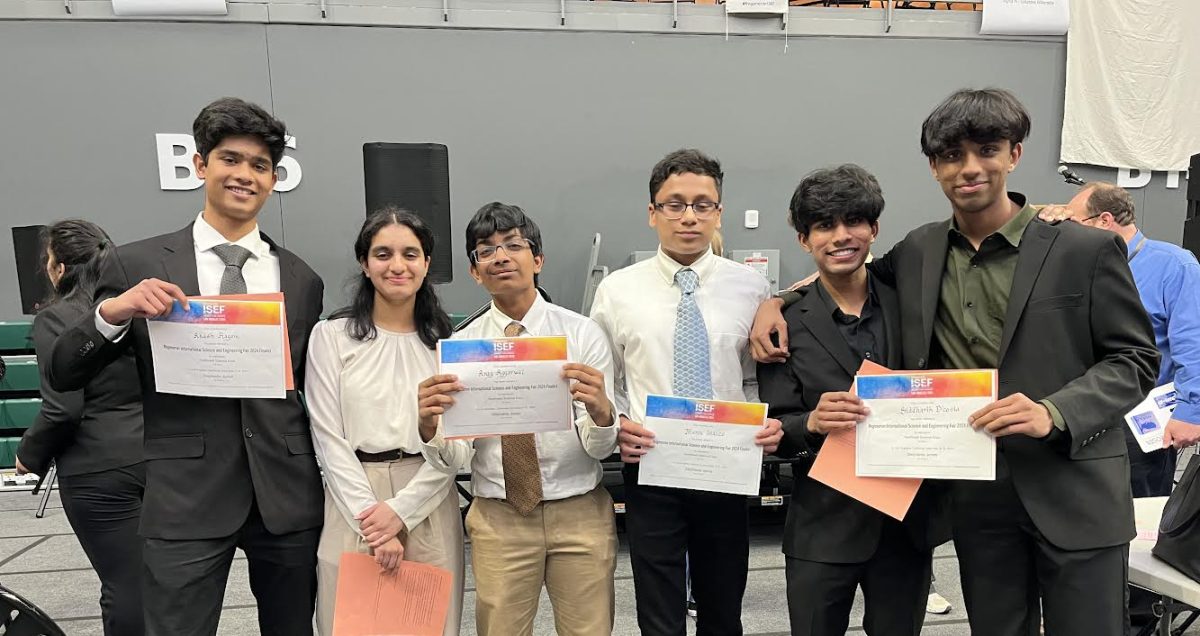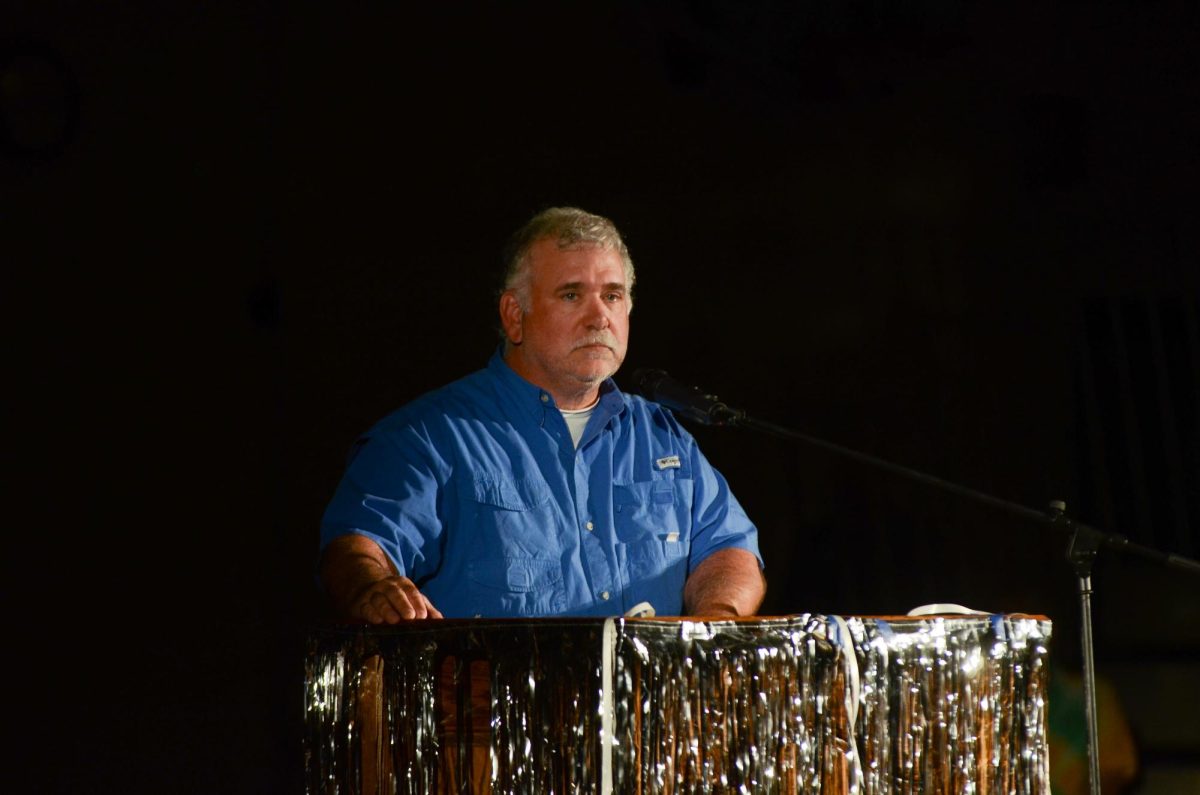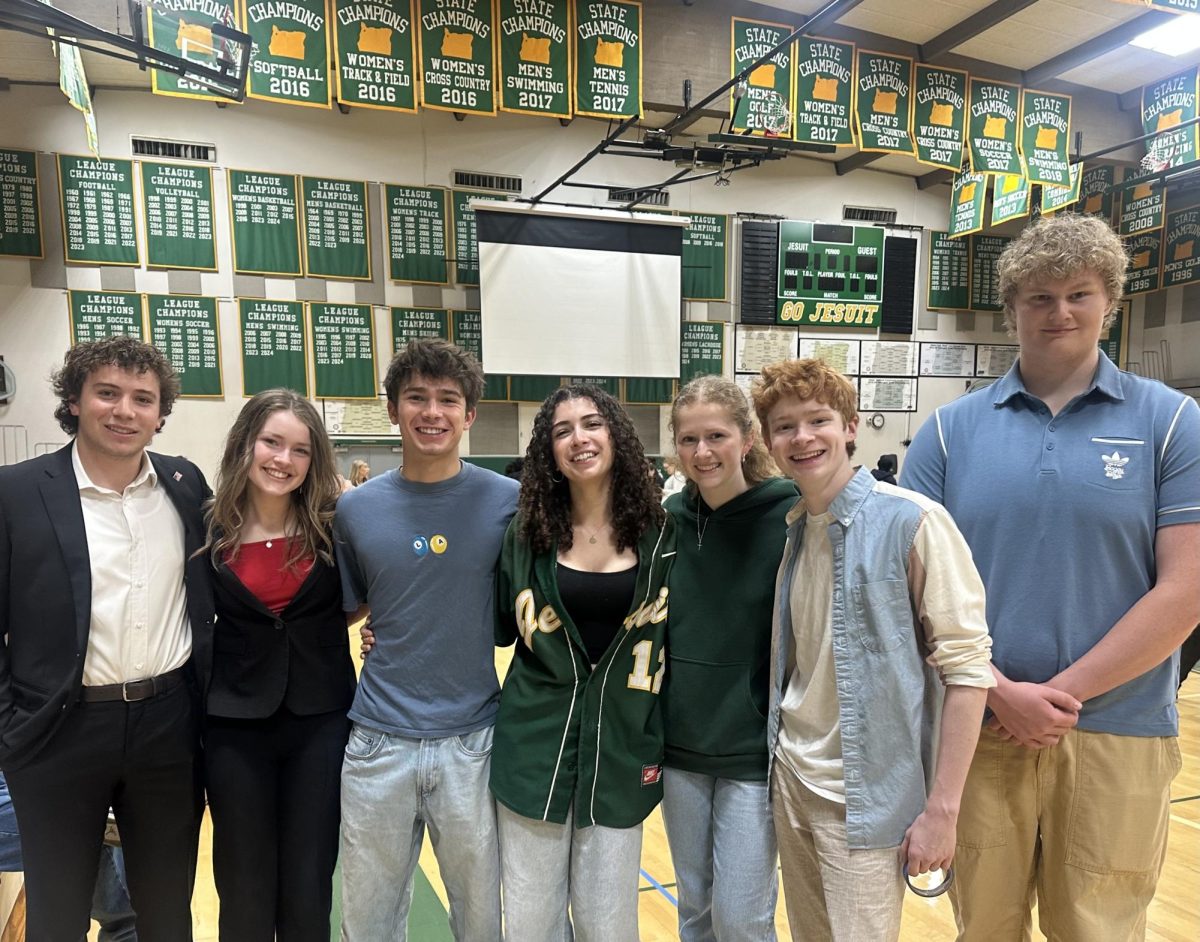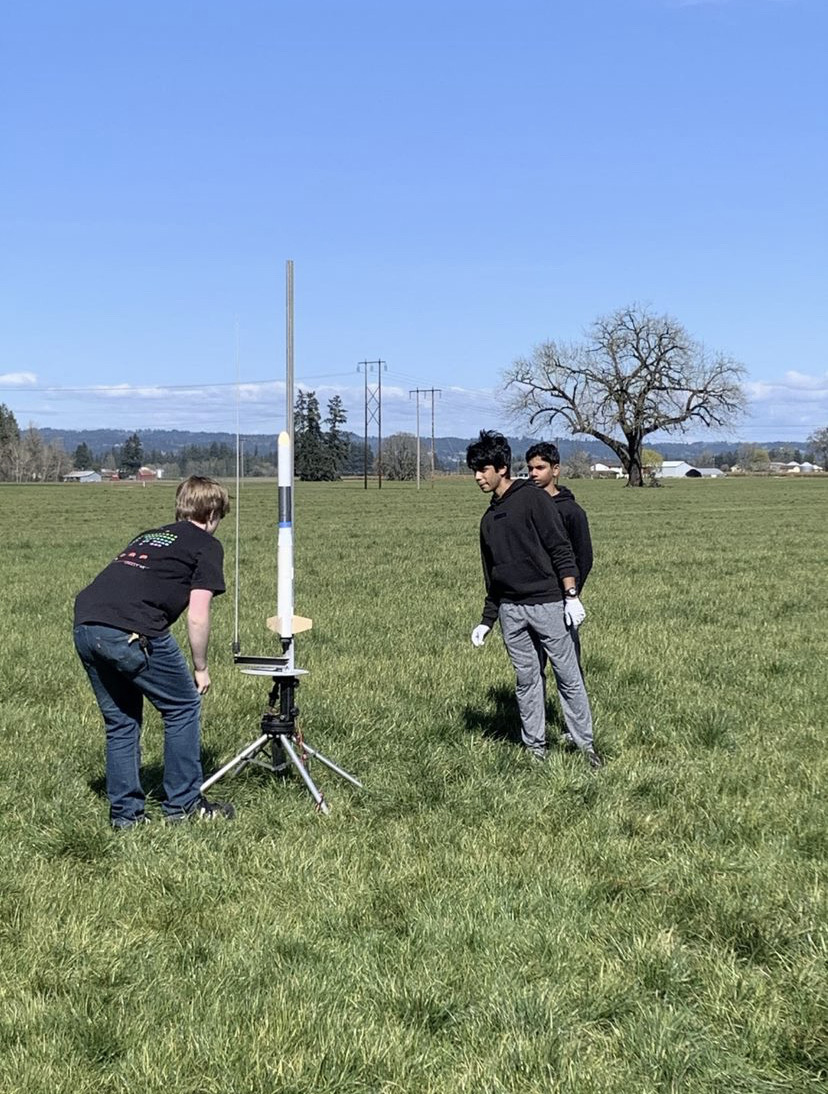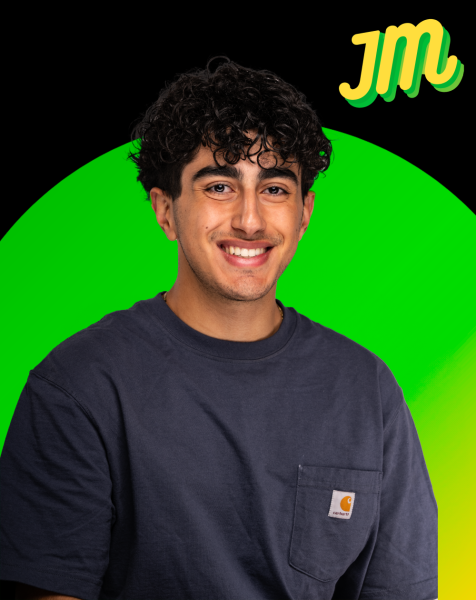The Northwest Science Exposition (NWSE) is a science and engineering research competition held in Oregon each April at Portland State University. Top students from around the state are selected to present their independent research projects here.
Among the participants this year was junior Siddharth D’Costa. D’Costa worked with Sunset High School student Arjun Malpani and presented their research project at NWSE on April 5th.
D’Costa’s project focuses on optimizing a process called carbon capture, which prevents fossil fuel emissions from reaching the atmosphere.
“80% of the world’s energy is still coming from fossil fuels, and as we transition towards renewable energy, we still need a way to stop emissions from fossil fuels from getting into the atmosphere,” D’Costa said. “This is where a process called carbon capture comes in. With carbon capture, you can use chemical solvents to bind with carbon dioxide from power plants and industrial sources which prevents it from polluting the Earth.”
Current solvents for carbon capture are not scalable, sustainable, or efficient. To fix this issue, D’costa and Malpani “developed a new chemical solvent that can bind with carbon dioxide, and it does this in a sustainable and cost effective way.”
The students’ presentation states the potential and promise of chemical compounds called ionic liquids in carbon capture. Ionic liquids are basically ionic compounds in a liquid state at room temperature. They have certain properties like stability, non-flammability, and non-corrosivity that make them scalable compared to existing chemical solvents.
However, ionic liquids are known to require enormous amounts of energy and money to be implemented for carbon capture. D’Costa and Malpani developed a novel deep learning model to generate a new ionic liquid with optimal properties that they found would reduce the energy and cost required.
“We created a new type of AI model called an adversarial autoencoder. With this model, we were able to generate new chemical structures that were predicted to have certain properties like low viscosity, low heat capacity, and high thermal conductivity that would make the [carbon capture] process more efficient and sustainable.”
D’Costa worked at the labs at PSU to synthesize their theoretically ionic liquid. In the lab, they proved that their creation was far cheaper and more efficient than other solvents that are used today.
“By testing the properties we optimized with our deep learning model, we found that our molecule is predicted to reduce energy consumption by 34%, reduce cost, and improve the scalability of carbon capture plants around the world.”
D’Costa and Malpani’s impressive creation was very successful in terms of the competition itself. At NWSE, the duo’s project was among six chosen to represent Oregon at the International Science and Engineering fair (ISEF) in Los Angeles this May. They will be competing against other science projects created from students around the world.
Dr. Lara Shamieh is currently the science fair director and praised D’Costa and Malpani’s work.
“I think their Carbon Capture project is absolutely phenomenal. What’s most inspiring to me is that they’re just two high school students who saw a problem and decided to do something right. My generation has done a lot of good in many ways, but we’ve also failed, in other words we haven’t reached the goals that we had set for ourselves. But looking at the next generation, like Sid and Arjun working on this project, it’s utterly groundbreaking seeing these students push themselves to the next level,” Shamieh said.
Dr. Shamieh also talked a little about ISEF and what it’s going to look like this year.
“The thing with ISEF is it really is the best of the best. Last year, there were 1400 students from 64 different countries. I really do believe Sid and Ajrun have a strong shot at being the top of the top,” Shamieh said.
Most importantly, the students hope to implement their optimized molecule in real power plant carbon capture systems soon, where they believe it can have a real impact on reducing air pollution.



